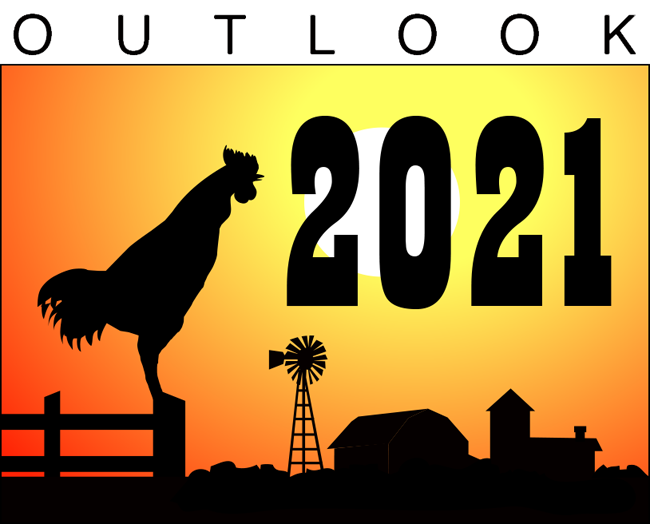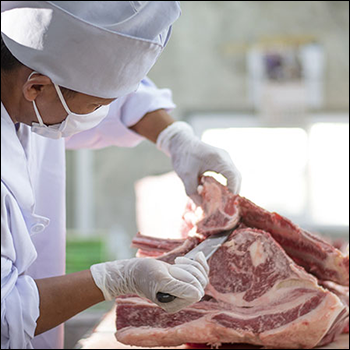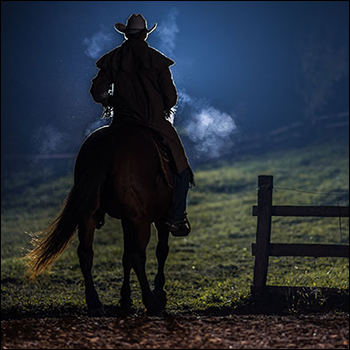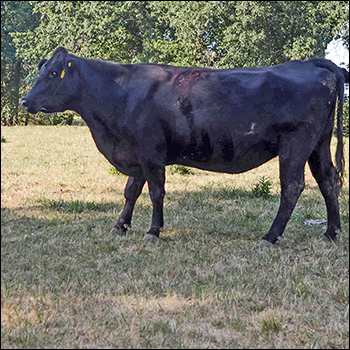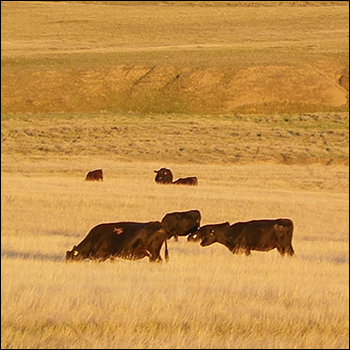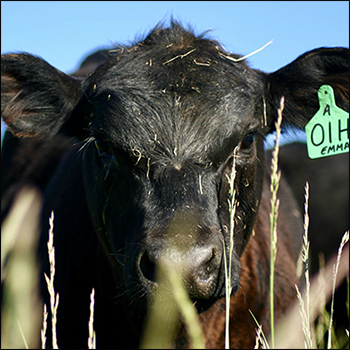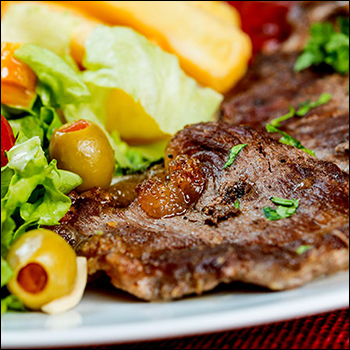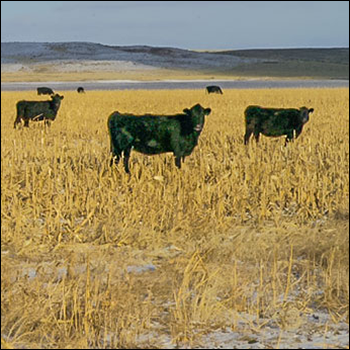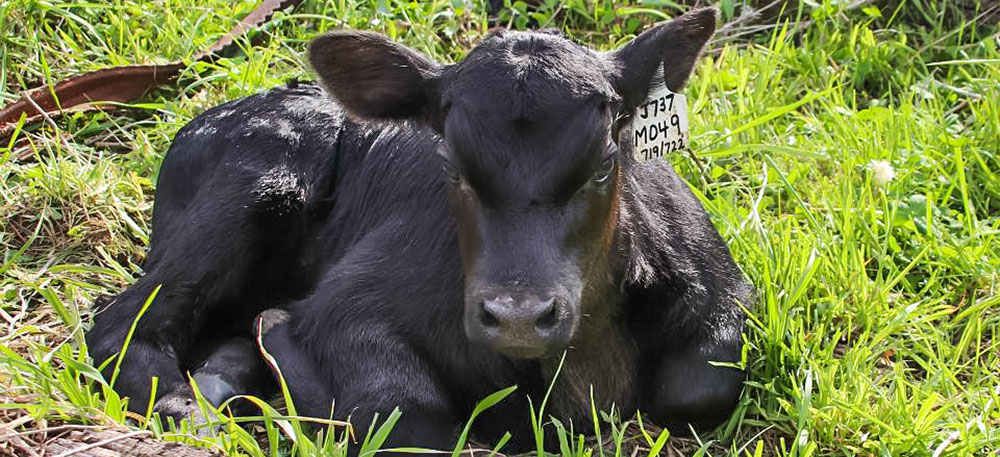
Acute Toxin-forming Gut Infections
How to treat deadly acute enterotoxemia in baby calves.
Some ranchers have to deal with acute enterotoxemia in calves caused by bacterial toxins. This highly fatal condition often hits month-old calves, but sometimes it affects calves at a week of age, or at two to three months. These calves suddenly develop acute gut pain — kicking at the belly, throwing themselves to the ground and thrashing, like a colicky horse. A calf also might suddenly become dull and bloated due to bacteria in the gut producing deadly toxins. These toxins shut down the gut, causing sudden buildup of gas.
If the calf is not treated immediately, toxins leak through the damaged gut wall into the bloodstream, creating toxemia. Toxins throughout the body attack various organs. The calf goes into shock and dies — unless this condition can be reversed.
Several types of bacterial infections can affect the gut this quickly. Most common was Clostridium perfringens before producers started vaccinating for types C and D. Vaccinating cows ahead of calving to produce antibodies in colostrum or vaccinating calves at birth or soon after can prevent this kind of enterotoxemia.
Yet even with vaccination, some herds have problems. Veterinarians speculate that this disease can also be caused by type A or type E, neither of which is included in most clostridial vaccines.
Sometimes other bacteria are involved, such as Clostridium difficile (another Clostridia subtype) or E. coli. Viruses generally don’t cause this problem. A calf may die of scours and dehydration with a viral intestinal disease, but some bacteria produce deadly toxins that affect the calf more acutely.
Toxic gut infections can kill calves within a few hours. Some producers save calves if they can find and treat them quickly — before the calf goes into shock. Lee Meyring, veterinarian near Steamboat Springs, Colo., says a vaccine for C. perfingens type A is produced by Novartis, and some autogenous vaccines are also used.
“Some producers were battling this disease until their vets did pathology work on calves that died and found different genotypes and had an autogenous vaccine created,” he says.
Some years, especially wet ones with a midwinter thaw for those calving early, or wet spring/early summer for those calving later, can lead to more cases.
“In wet conditions, a cow may pick up bacteria on her udder,” says Meyring, “and calves may be drinking from mud puddles or eating dirt/mud that contain bacteria.”
Clostridial bacteria are hardy, existing in dormant spore form in the environment for many years.
“Some are common inhabitants of the intestine and only cause disease when conditions are just right,” he explains.
“If bacteria multiply exponentially in the gut, some are shed in feces. The calf is like a petri dish, growing vast numbers of bacteria and shedding them back out into the environment. You might start calving season with no problems, then suddenly have several cases,” says Meyring.
If you find a sick calf in time, this infection can be halted with antibiotics, and the shut-down gut can be stimulated with castor oil to start things moving through again. Once toxins get into the bloodstream, however, the calf goes into shock and internal organs begin to shut down. At that point, it’s more challenging to save the calf.
“If I suspect Clostridium perfringens type C or D antitoxin may help, along with Banamine®,” says Meyring.
It helps reduce the inflammatory reaction and eases pain.
“I give oral penicillin, since this drug is effective against clostridial organisms and most effective if put directly into the gut. If a calf is bloated, I usually give oil to help get things moving through,” says Meyring.
Once the calf is in shock, the only way to save him is with large amounts of IV fluids, along with medication to combat shock. If you can reverse the shock and get enough fluid into the circulatory system to get the kidneys working and passing urine, the calf has a chance.
Editor’s note: Heather Smith Thomas is a cattlewoman and freelance writer from Salmon, Idaho. Photo by Eliza Patchin from the 2020 NJAA/Angus Journal Photo Contest.
